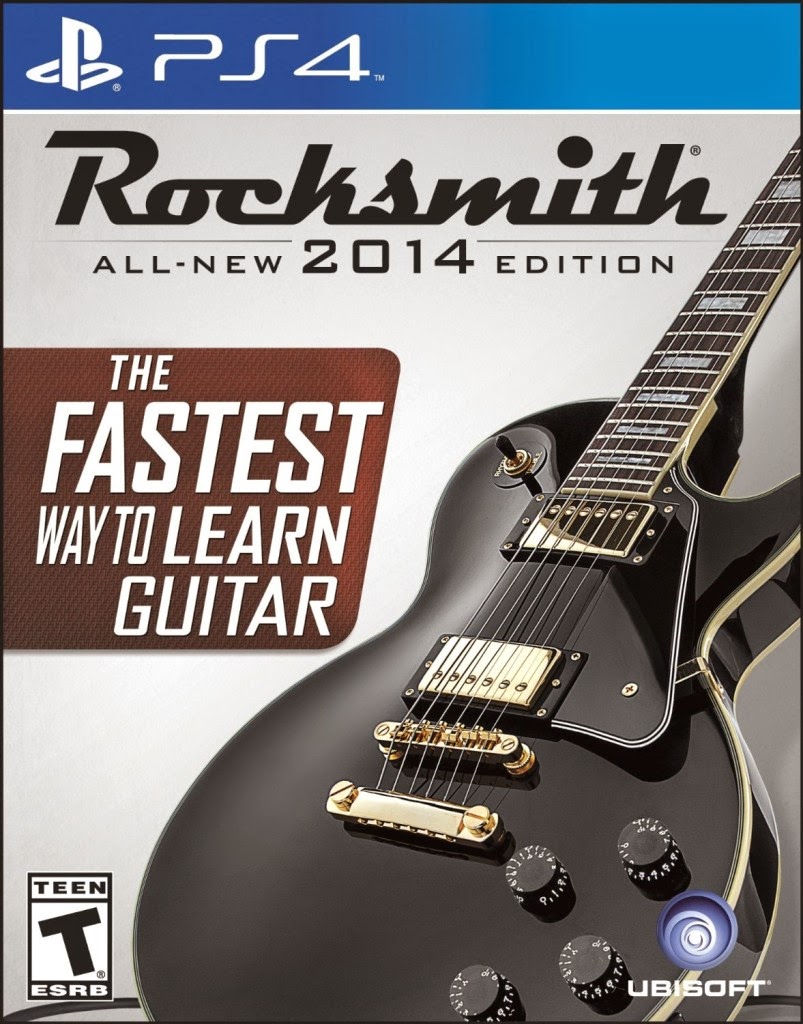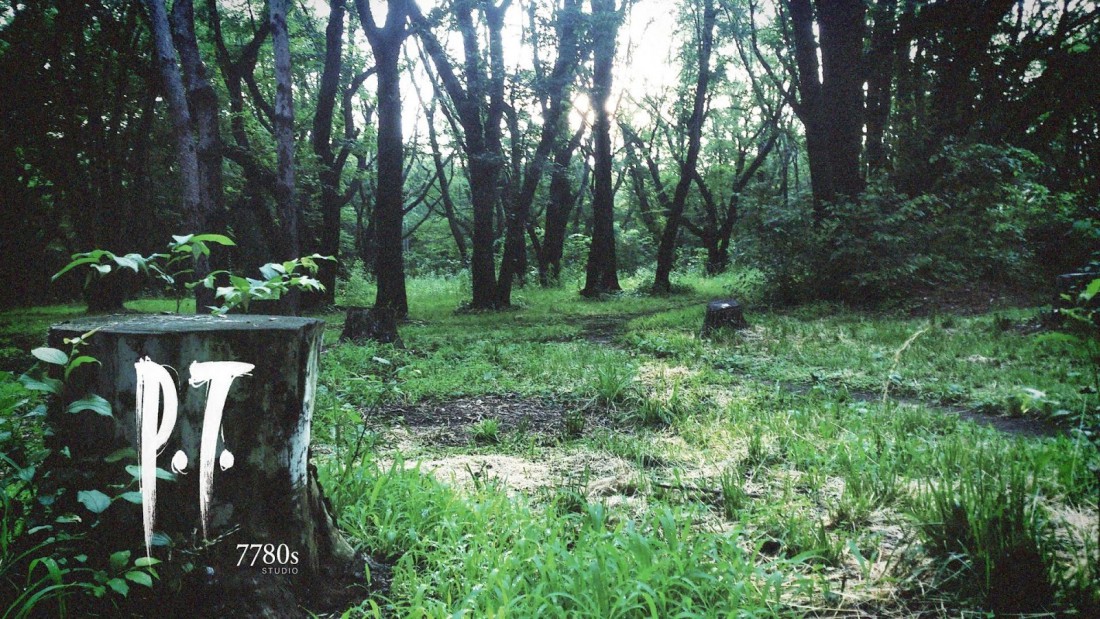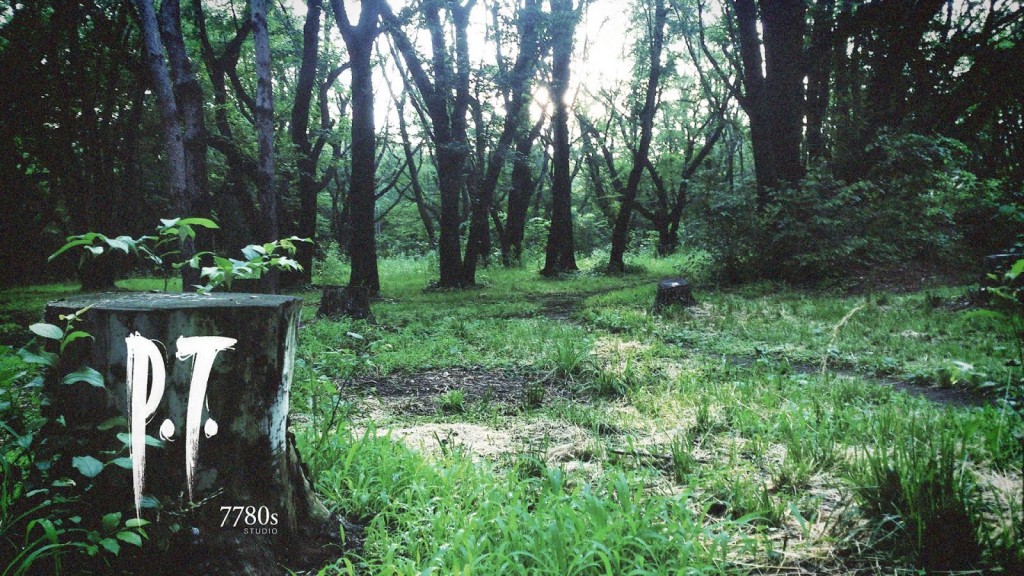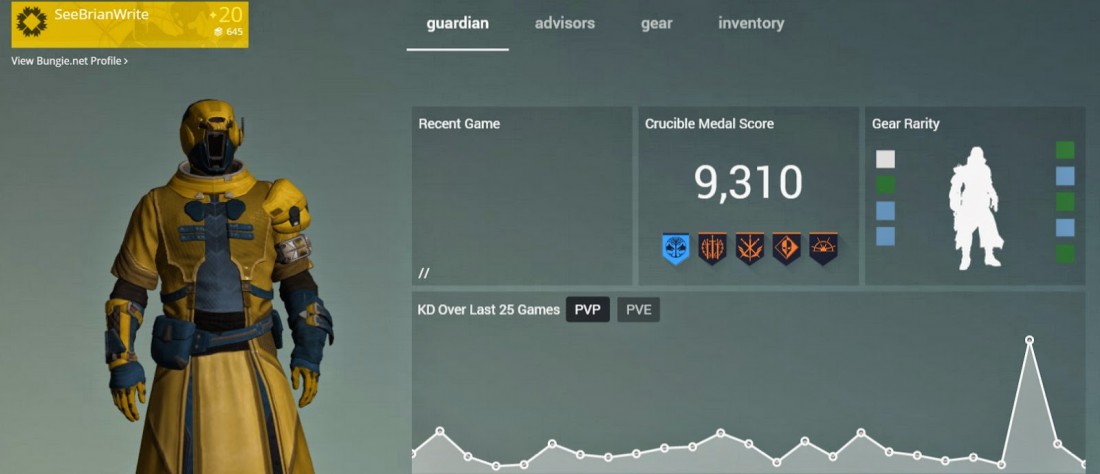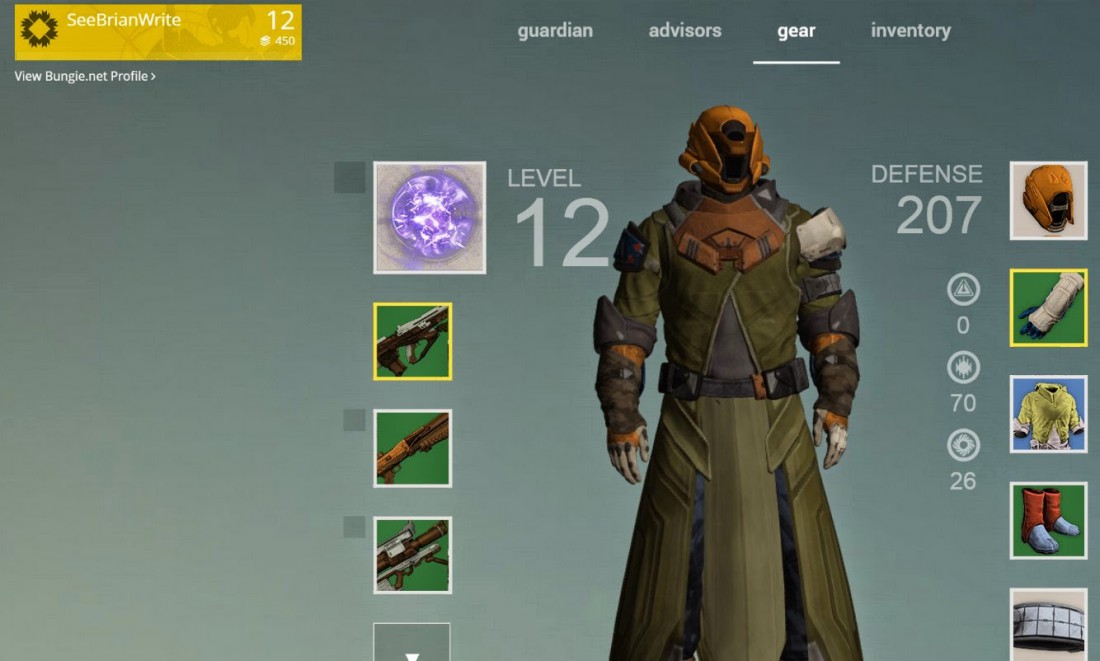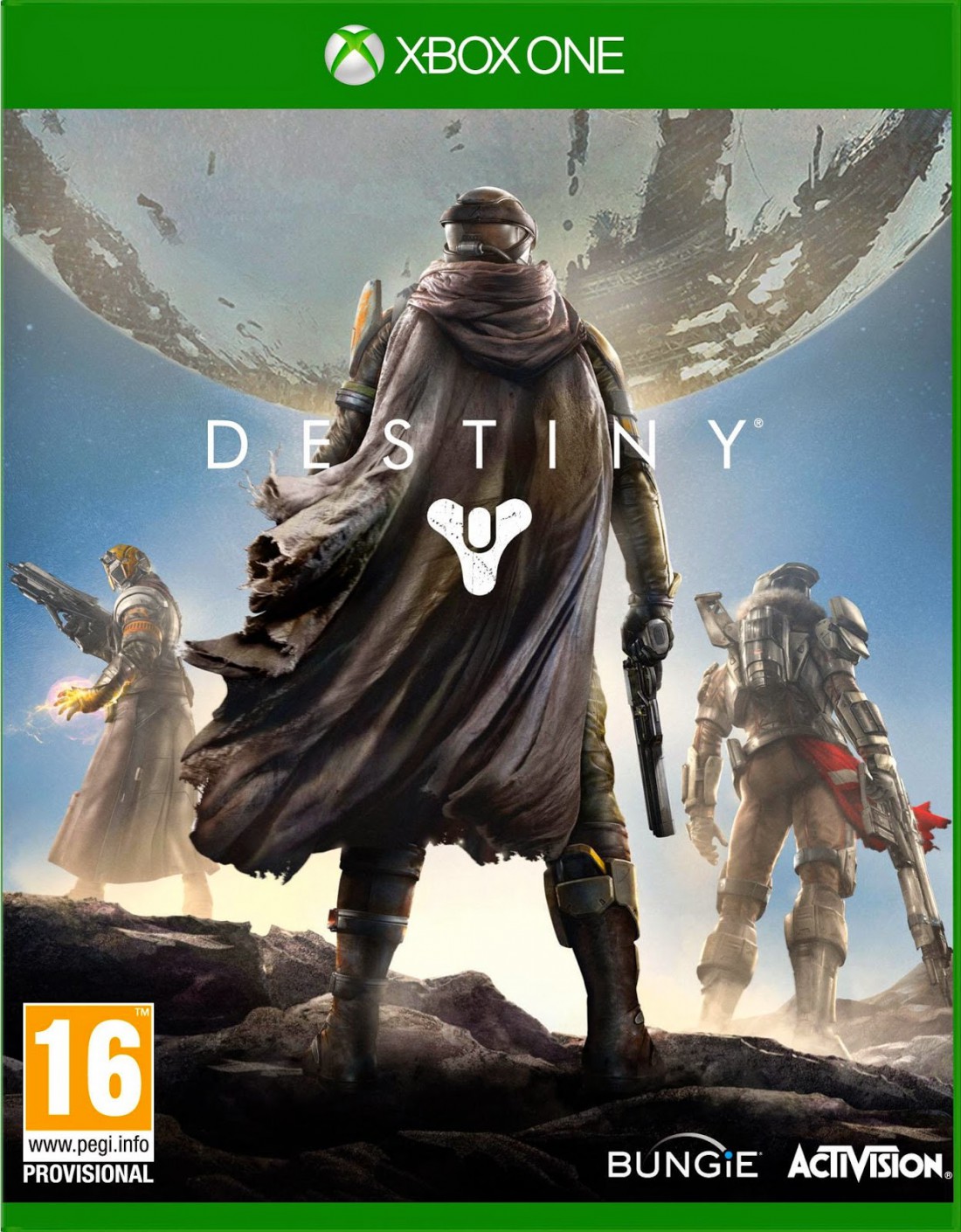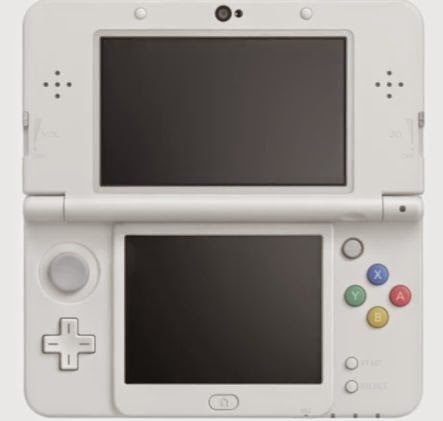Rocksmith Diaries #1: I Reallllly Like the Way this Game Teaches
I am a humongous music fan, and one of my biggest regrets in life is not learning to play an instrument. I had a guitar when I was 14 years old, and although my best friend also had one and went on to become an amazing player, I never had the dedication to really learn how to play. In my mid-30’s, I decided to buy a bass guitar and take some lessons. I could only afford about six month’s worth of lessons, and when I stopped going, my practice time continued to dwindle until the bass was pretty much gathering dust. This despite music continuing to be a huge part of my everyday life. There is not a day that goes by that I don’t think about playing music.
Writing is my primary creative outlet (although you could make a strong case for podcasting as well), and while it’s immensely satisfying to write a short story or an entire novel, it does not scratch the musical itch I have.
I’ve had a lot of success writing first drafts of my novels during NaNoWriMo, an event that somewhat gamifies writing by having you set daily and monthly word counts, giving achievements for hitting certain milestones and just generally making goal-setting fun. Ubisoft’s Rocksmith games are built on a similar premise of gamifying the learning process for guitar and bass. I picked up Rocksmith 2014 the other day, and through the first few hours I’ve spent with it, I am really liking the game’s approach to teaching, as it makes practice fun.
Watch live video from CoOpCritics on Twitch
The tutorial process is a mix of videos demonstrating everything from the basics of the physical instrument itself to positioning and picking techniques. The actual lessons are tablature-based, and what’s really cool about them is that they build as you get better. For example, a practice bass track might start out with 15-20 notes that you need to play. Once I hit a certain accuracy mark more notes are added in, and this process continues until you’re playing the entire bass line.
It’s a really great approach to teaching, because it lets you learn the outline of the song, and then become progressively more detailed. In the lessons i took before, I might learn the beginning of the song for example, and then move on to the next chunk. Rocksmith gives you the whole song, but lets you play more and more complete versions of the song as you get better.
It’s really early on in the process, and I don’t want to make any predictions based on my lousy history of trying to learn an instrument, but what I can say is that Rocksmith takes an excellent approach to teaching, and since you’re playing a real instrument as opposed to a plastic toy, you’re learning with every moment you spend with the game.
I’ll record some more snippets of my progress as I go along. Wish me luck!
P.S. Sorry for making you click out on the video. For some reason, if I just embed the clip, it autoplays every time you load the page, and I didn’t want that.

